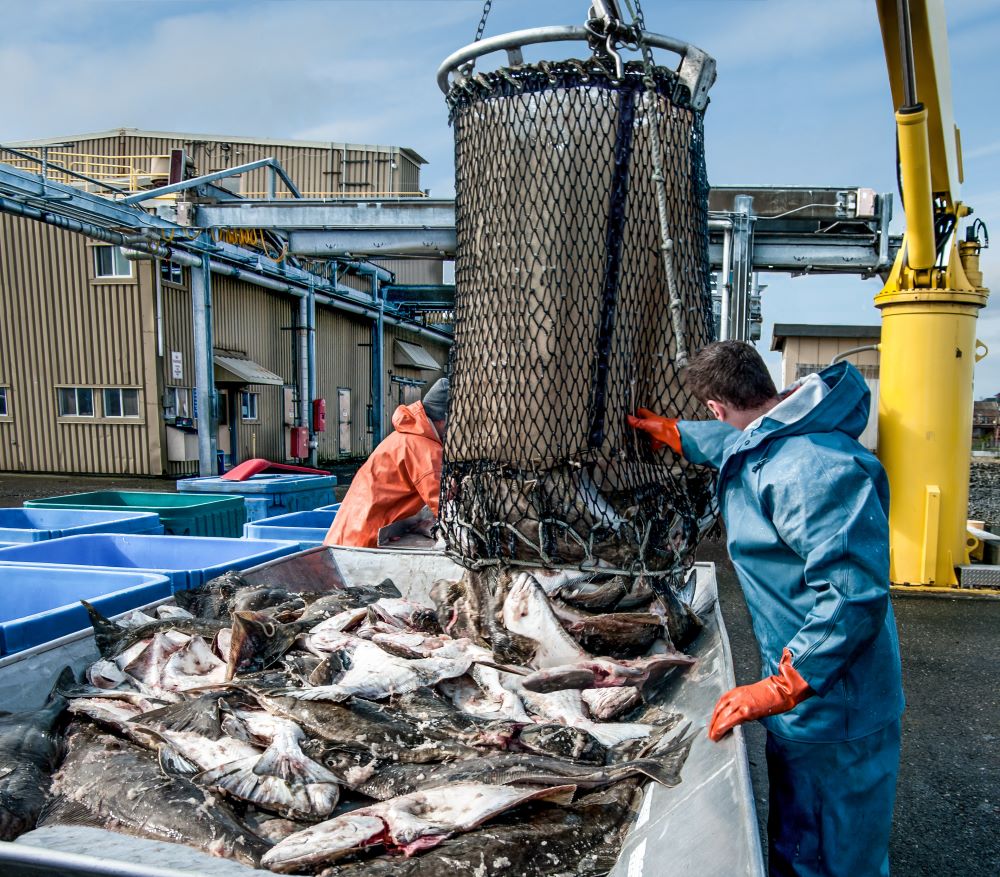
Following an historic slump in January, ONS figures showed this week that UK-EU trade rebounded in February.
However, in what sectors and markets did the recovery truly get going?
The IOE&IT Daily Update here summarises four areas of UK-EU trade which are already gearing back into shape.
Fishy business
Disruption to food exports – particularly shipments of fish and shellfish – seems to have been largely overcome, according to Just-Food.
ONS figures showed exports of food and live animals were up by 77.4% from January to £700m for February.
Exporters of seafood in particular seem to have gotten to grips with new requirements following January’s tales of delays and confusion over new requirements for export health certificates and sanitary checks.
Irish trade
The value of UK exports to Ireland was up by 38% month-on-month from £1.13bn to £1.56bn, the BBC reports.
That is still down by more than 7% compared to February last year when exports were valued at £1.69bn.
However, Brexit is not the only consideration in year-on-year comparisons as February 2020 was the last full month before the Covid-19 pandemic swept through both nations.
Machinery and transport equipment
ONS figures showed total exports of machinery and transport equipment increased by £1.0bn (12.3%) in February, driven by a £1.3 billion (41.8%) surge in exports to the EU, including a £0.2 billion (26.3%) rise in car exports.
However, according to the SMMT, car production in the UK fell 14% in February, as 17,163 fewer cars were made. Production for electric vehicles, plug-in hybrid and hybrid vehicles increased by 25.3%.
Chemicals
Chemical Week reports that more than 80% of members of the Chemical Industries Association saw total sales volumes increase or stay the same for the first quarter of 2021 compared with the last three months of 2020.
Domestic sales were largely flat, but exports to non-EU countries saw an increase that offset “what looks like a temporary fall in exports to the EU as companies grapple with the new trading arrangements and run down pre-Brexit stockpiles,” CIA said.
Total exports of chemicals increased by £0.5bn (13.4%) in February 2021, with a £0.9 billion increase in exports of chemicals to EU countries, particularly to Belgium, the ONS reported.
This increase in exports of chemicals to Belgium was largely seen in medicinal and pharmaceutical products, with European demand soaring due to the third wave of coronavirus infections on the continent.

